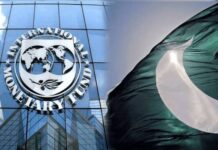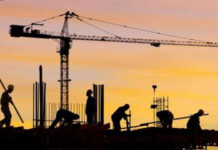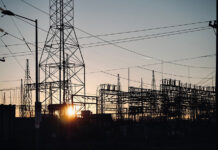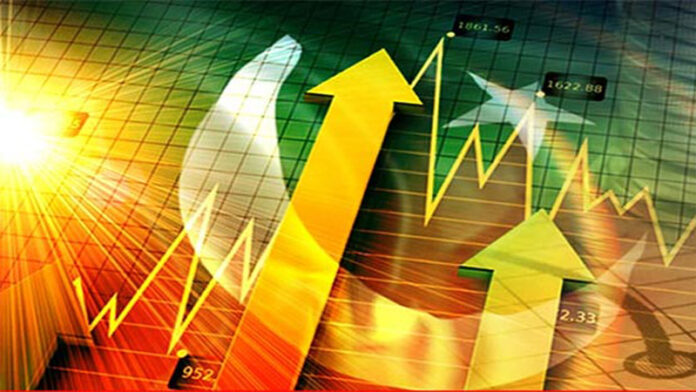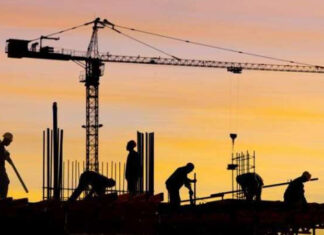LAHORE — Pakistan’s economy is expected to grow by a modest 2.44% in the fiscal year 2024–25 (FY25), reflecting only a slight improvement from the previous year’s 1.7%, according to new projections from the Lahore School of Economics (LSE) Modelling Lab. While this estimate is broadly in line with revisions made by the Pakistan Bureau of Statistics (PBS) and projections by multilateral lenders, it underscores the fragile nature of the country’s economic recovery.
The PBS recently revised its Q3 GDP growth figure downward from 2.7% to 2.4%, while the World Bank, IMF, and ADB all forecast growth between 2.5% and 2.7%. These numbers, though slightly better, confirm a persistently sluggish trend as Pakistan struggles to regain pre-crisis momentum.
According to the LSE Lab, the slowdown stems largely from stagnation in manufacturing and underperformance in agriculture—two historically productive sectors. Large-Scale Manufacturing (LSM) has contracted by 1.9% so far this fiscal year, continuing a negative streak that began more than two years ago. Meanwhile, agriculture, which has been forced to carry more of the growth burden, expanded by only 0.56%, just a quarter of its long-term average.
The weak performance in agriculture is attributed to a sharp decline in major crop outputs. Wheat production fell 9% to 29 million tonnes, maize dropped 15%, sugarcane was down 4%, and rice declined 1.4%. Cotton posted the steepest drop at 31%, falling from 10 million to 7 million bales. Analysts suggest these declines cannot be explained by weather conditions, which were reportedly stable. Rather, they blame abrupt government policy shifts—especially the withdrawal of support prices for staple crops—which may have discouraged production.
The PBS measures agricultural performance based on physical output, not market value, potentially underestimating the GDP impact. For instance, despite producing nearly 29 million tonnes of wheat, the crop’s market value fell as prices dropped by Rs1,000 per 40kg, shrinking wheat’s contribution to GDP by nearly 25%—a loss not captured in volume-based data.
Inflation has shown signs of improvement but remains above ideal levels. The LSE Lab projects average inflation at 8.37% for FY25, which exceeds the government’s estimate of 7.5% and is considerably higher than the IMF’s projection of 5.1%. Although the exchange rate has stabilised—thanks to tighter monetary policy and State Bank of Pakistan (SBP) interventions—energy costs, driven by higher government taxes, continue to fuel inflation, contributing roughly 4 percentage points.
Economists warn that the current strategy of containing inflation may be undermining economic growth. In particular, tighter policy has choked agricultural activity at a time when the sector is expected to offset losses in manufacturing. “While price stability is necessary, it should not come at the cost of output from the only productive sector still showing resilience,” the LSE Lab noted.
Another long-standing structural issue is the current account deficit, which has historically widened any time GDP growth exceeds 5%. Imports surge as economic activity rises, often outpacing exports and creating unsustainable trade imbalances. Though remittances have provided some buffer, they are not a dependable long-term solution. In the current global trade environment, with heightened tariff risks and protectionist shifts, relying on exports for growth is becoming more challenging.
The LSE Modelling Lab recommends shifting towards investment-led growth. This would involve easing the import of capital goods while curbing non-essential consumer imports, thus enabling local industries to enhance production capacity without destabilising the external account. Such a shift, they argue, is crucial for realigning the country’s growth trajectory.
In conclusion, Pakistan’s economy appears to be navigating a fragile recovery. Inflation is cooling, but structural weaknesses remain deeply embedded. Without strong policy support for agriculture and manufacturing, and a renewed focus on sustainable investment, the prospects for inclusive and long-term growth will remain elusive.




